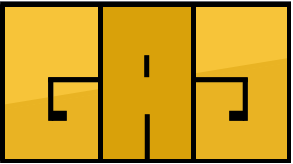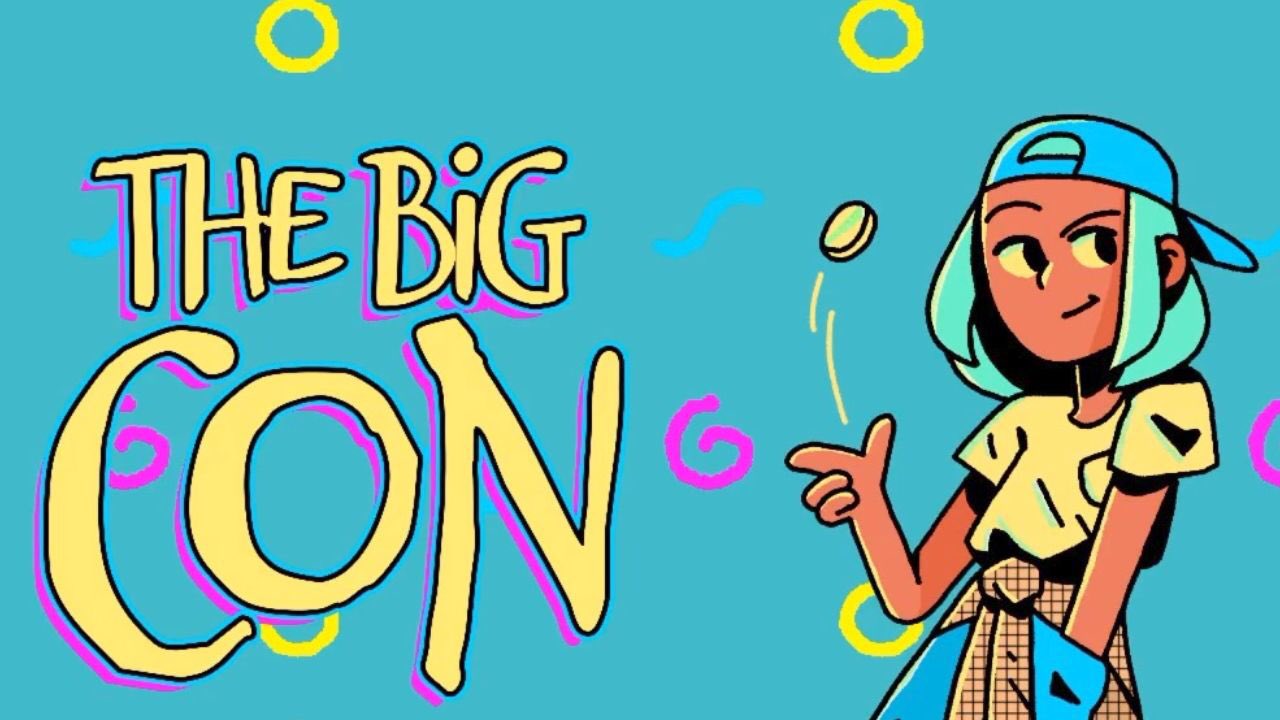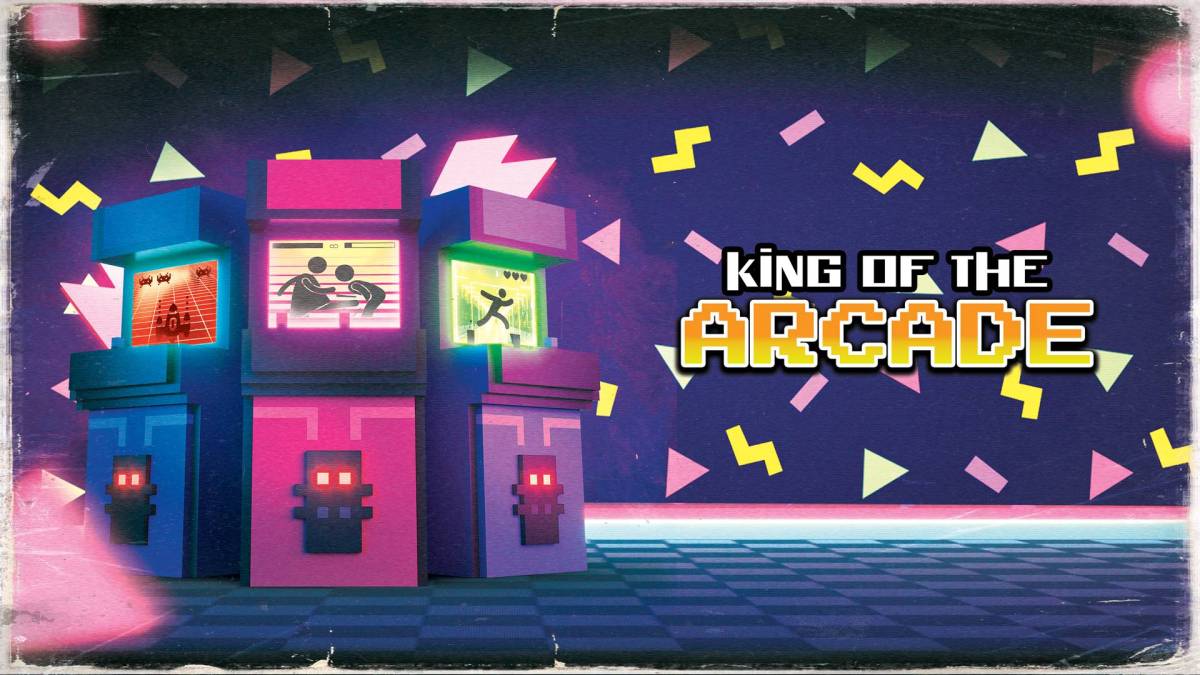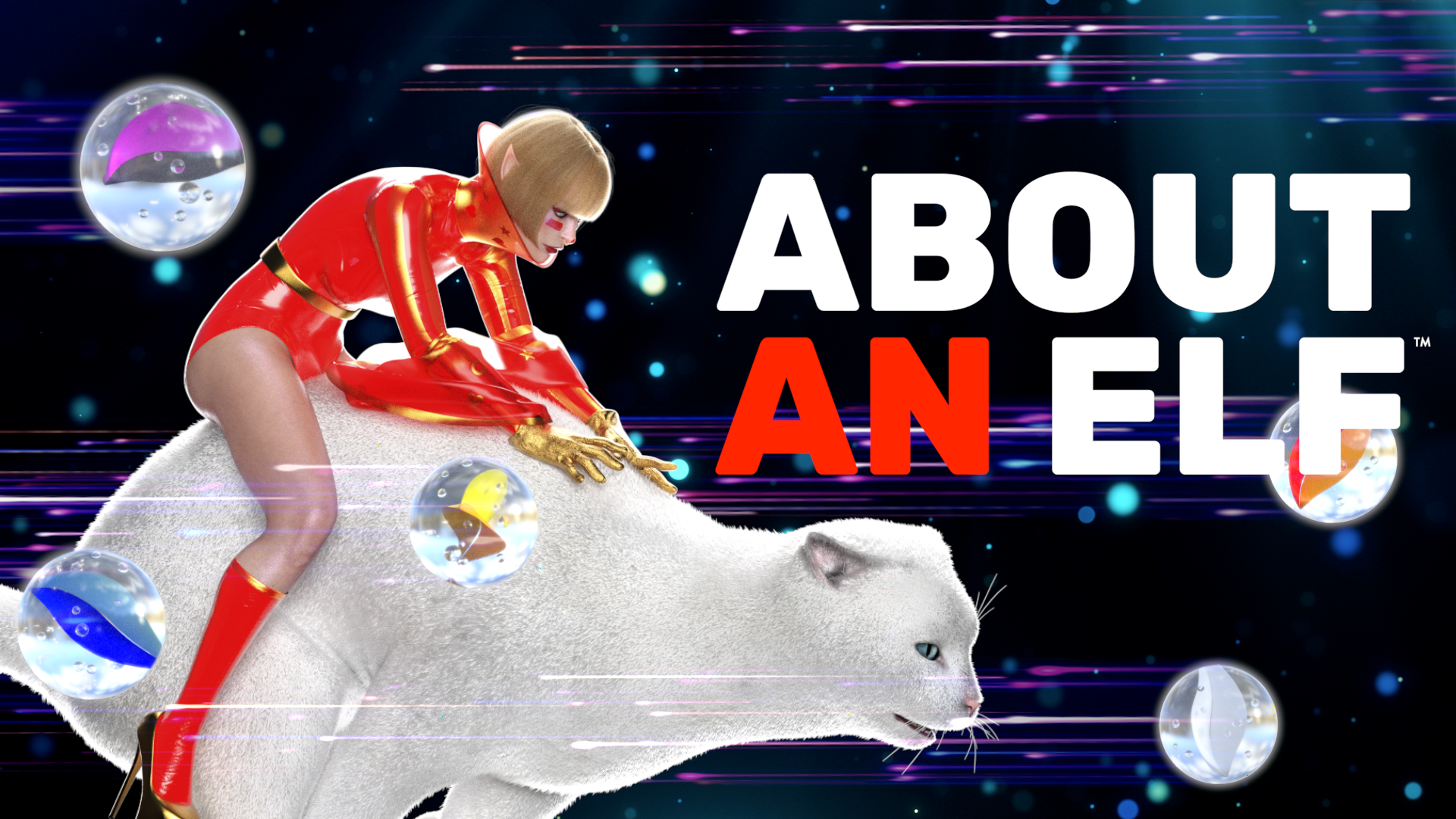
Platform: Switch
Sometimes reviewing games can be a funny thing. In most instances, you get a game, and it lives and dies by any combination of mechanics, presentation, and writing. It’s that simple, by and large. You play something and then present the world with your thoughts about the game as a sum of its parts. And then you get something like About an Elf, and that formula becomes a little more challenging.
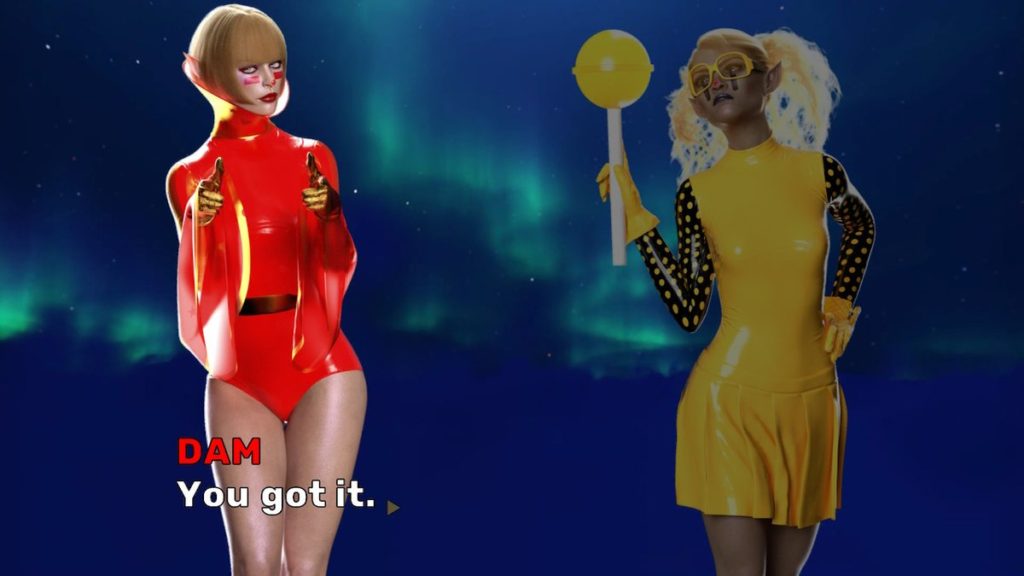
About an Elf is a visual novel with a bit of point-and-click adventure game mixed in where you play as Dam, the princess of all elves. You interact with fellow elf Dido, a talking cat named Roland who you take under your wing to train as a hero, and a variety of other characters such as a talking, prophetic flower that helps you keep track of what you need to do on that screen. In your quest to bring about elftopia, a place where all elves can be happy, you’ll have to make some dialogue choices that you can fail. You’re able to try again as long as you have gummi bears left, something you get after each fight with a monster.
Yes, there’s also a rather simple bit of combat in this game. In those fights, you’re shown the weakness of the monster you’re fighting in a picture. Once you think you’ve got what that weakness is figured out, you’re given the choice of a few Magiballs. Choose correctly, and Dam obliterates the enemy. Choose incorrectly and Dam loses a gummy bear and you have to try again. Sometimes it’s obvious and takes little thinking at all. Other times, the leaps in logic were so wild that I couldn’t even suss out what it was even after I had made the right choice by either picking randomly or just narrowing it down by failed choices.
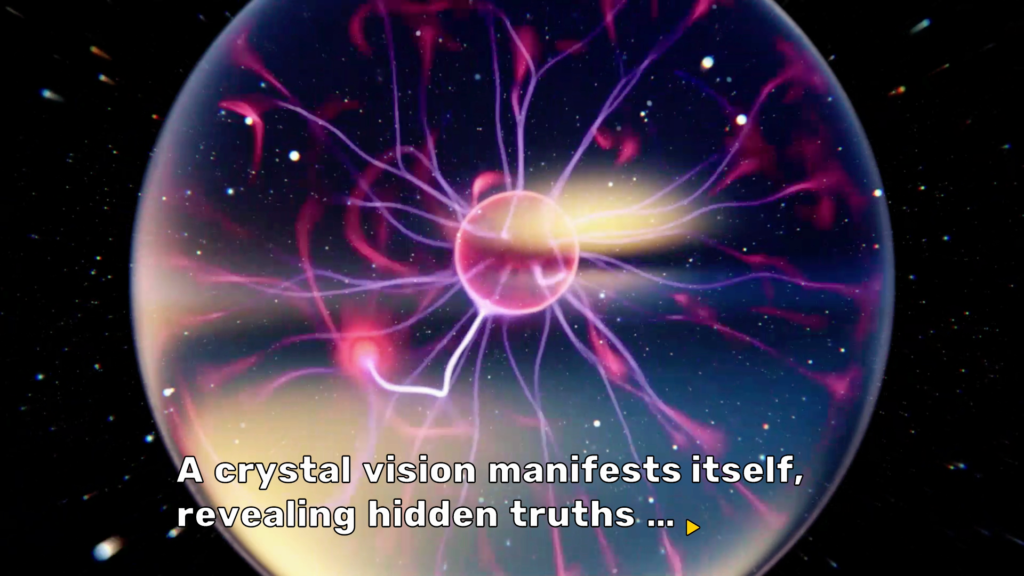
If you’re looking for a bizarre look in your game, About an Elf has you covered there. The main image in each section looks like some bizarre, fever dream. Some of the odder things that come to mind are a talking vegetable, a teddy bear you have to appease, and a ripped garden gnome in a bikini bottom. Click in an area to get to the battles and you end up in some odd, MC Escher-looking area where the monsters (all reskinned clown dolls that vary in degrees of horrifying) bounce around a few locations, striking different poses in each location.
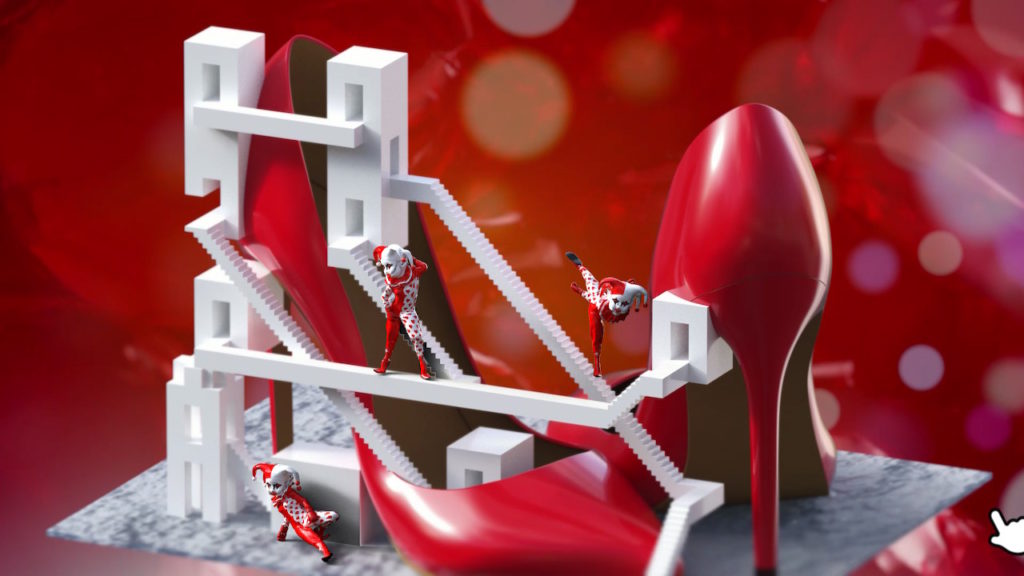
It starts weird and doesn’t let up, even as you reach the end. It, oddly, never feels forced as far as the scene design goes. Yes, it’s obvious the developers’ first goal in the visual aesthetic of the game was surrealism. It all meshes together rather well though, even as you go on and the realization that maybe, just maybe, Dam is the role of a young child’s imagination running wild. Or it might not be. There’s no real commitment to that thought, just a series of clues that could also be dismissed entirely.
The sound design often punches above its weight class, even if the music does get reused a fair bit. It’s memorable, but not something I’d think most people would listen to outside of the game itself. The loops are fairly short, but you never are in a scene with any of them long enough for them to become grating.
The writing is where things get a little tricky. It often gets bizarre, delving into the child-like syntax of made-up words and descriptions of things. The interaction amongst the few characters often feels like a small child’s idea of what an epic quest should read like – a bit pretentious but without having the actual vocabulary to make it work.
Character interactions are what will make or break this experience for you. If the relationship between Dam and Dido works for you, it’ll be something to carry you through the game without an issue. If you bristle against the interaction in their relationship, one that starts off with Dido being annoyed with the Dam and softens as the game goes on, it will likely make you feel About an Elf is more of a chore than a treat. Roland, the heroic cat, at times borders on being a little too much of an internet-meme cat, but those instances are pulled back each time, keeping him a fun addition to the light roster of main characters.
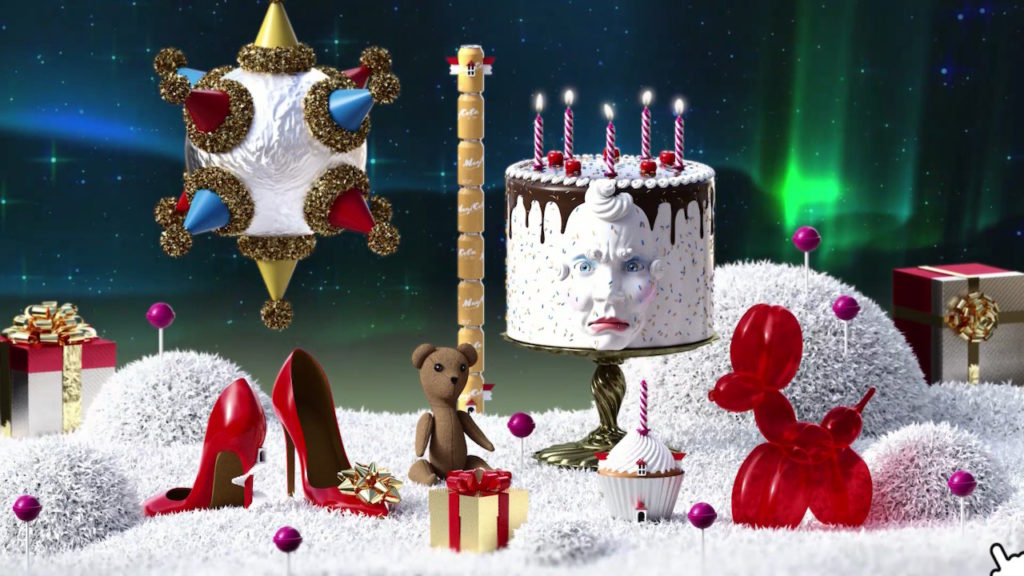
Even after spending six hours in this bizarre world, I’m still not really sure how I feel about what I experienced. Stepping back from it and thinking it over, I’m more endeared to the bizarre world of About an Elf. During my time actually playing it, which I split up over three sessions, there were times it bordered on being a bit hard to take. It really became its own game of seeing just how the developer was going to outdo itself with the absurdity of the presentation. Somehow, it managed to keep building on itself while never getting to eye-rolling levels of odd. Sitting down and writing this a few days after I finished it though has given me time to reflect on the experience building on itself. That time in between sessions did help keep my tolerance leveled off.
About an Elf isn’t going to be for everyone. It’s going to take some dedication to it and then a bit of time away from it to reflect on the experience. If you give it that, you might find yourself looking back fondly at just how… odd the experience was. Try to do too much in one shot, and the nature of having a smaller team develop this might hit you a little too hard. It’s best experienced in chunks a couple of hours at a time, with some time to think about it afterward. While I can’t say About an Elf is one of the best games I’ve ever played, it’s one that I enjoyed my time with. The fights are either too simple or border on maddening on just what the correlation with the hint your give is. They’re also both parts repetitive and memorable, with the design on each clown-monster thing topping the previous. It’s also one of the more striking and memorable ones I’ve played in a while and isn’t something I’m going to forget I played anytime soon.

